
17-4PH steel is a typical martensitic precipitation-hardening stainless steel, which has high strength and toughness as well as good corrosion resistance. After solution treatment at 1040℃, 17-4PH steel was subjected to single aging treatment at 480℃ and 550℃ respectively, and then to secondary aging at 550℃ after aging at 480℃. The mechanical properties and microstructure changes of the material under different heat treatment conditions were detected. The results show that the microstructure of 17-4PH steel after solution treatment and aging at 480℃ is martensite, while that after aging at 550℃ is tempered sorbite. The tensile strength and yield strength of 17-4PH steel are the highest when aged at 480℃, but the impact toughness is relatively low. With the increase of the single aging temperature, the strength of the steel decreases and the impact toughness increases when aged at 550℃. 17-4PH steel can obtain better comprehensive mechanical properties such as strength and impact toughness after solution treatment at 1040℃ and aging at 550℃.
2025-06-24 13:47:06
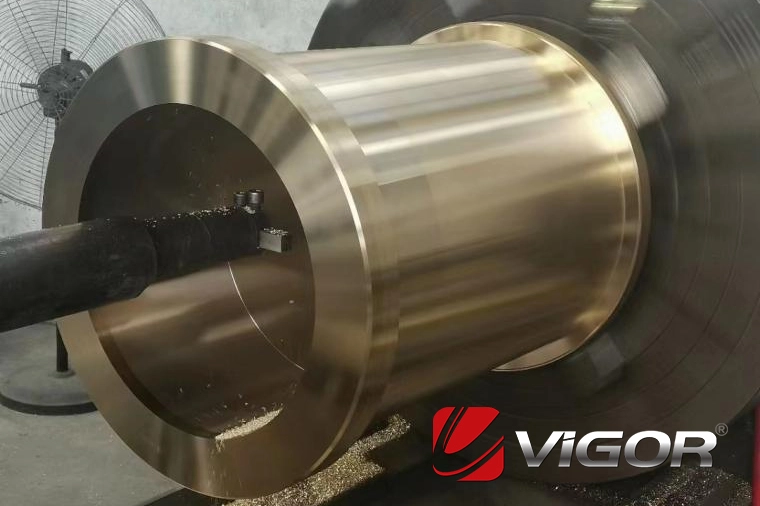
The fit requirements of copper sleeves need to be determined based on specific application scenarios, load types, motion modes and working environments.
2025-06-20 12:41:29
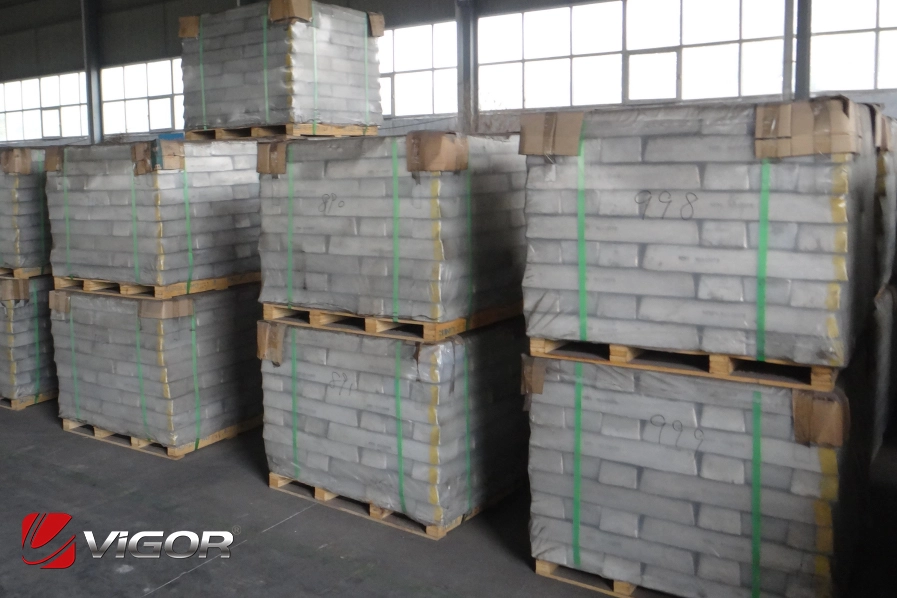
Characteristics of Magnesium Alloys and Advantages of Forging
2025-06-20 12:37:51
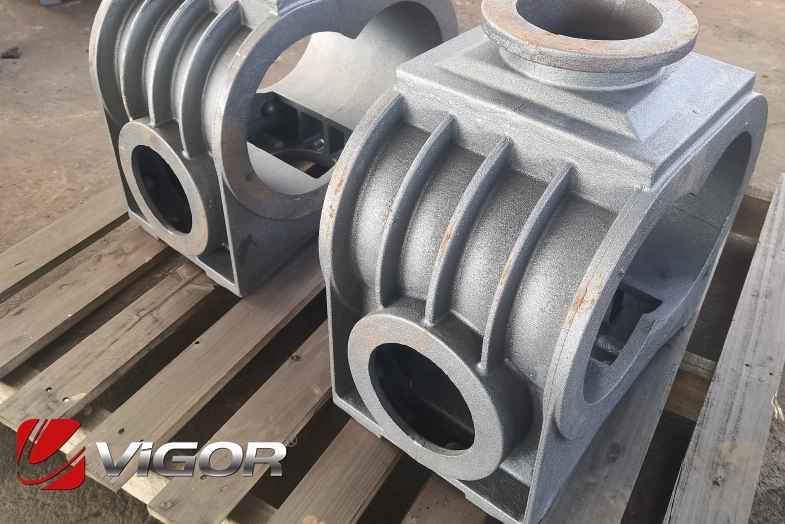
For products like reducer housings that require structural complexity, geometric precision, lightweight design, and medium to small batch production (especially on the smaller side), lost foam casting offers a highly competitive solution. Its greatest value lies in the liberation of design freedom (integration of complex structures), improvement in manufacturing precision, and significant reduction in subsequent processing costs.
2025-06-17 17:39:51
As a key component in mechanical transmission systems, the lifespan of gears directly affects the performance and reliability of the entire mechanical equipment. Shot peening, as a common surface strengthening process, can effectively improve the surface properties of gears. This paper deeply explores the influence mechanism of shot peening on the lifespan of gears, analyzes the correlations between shot peening process parameters, gear materials, working conditions and gear lifespan, and provides theoretical basis and practical guidance for the shot peening strengthening treatment and lifespan improvement of gears.
2025-06-17 17:32:06
Using high manganese steel as the material, the filling and solidification process of the bucket tooth casting was numerically simulated by the casting simulation software ProCAST. The simulation results show that the filling time of the pouring system is relatively long and the filling temperature is relatively high, which leads to the formation of large shrinkage porosity inside the bucket tooth casting. The pouring process parameters and the pouring system were optimized and the numerical simulation was carried out. The results show that after the process optimization, the surface quality of the bucket tooth casting is good, the internal solidification speed is accelerated, the process defects are reduced, and the scrap rate is lowered.
2025-06-13 16:42:03
The effects of different solution treatment cooling processes (direct water quenching and furnace cooling followed by water quenching) on the microstructure and properties of the super-duplex stainless steel CD3MWN were investigated.
2025-06-13 16:36:31
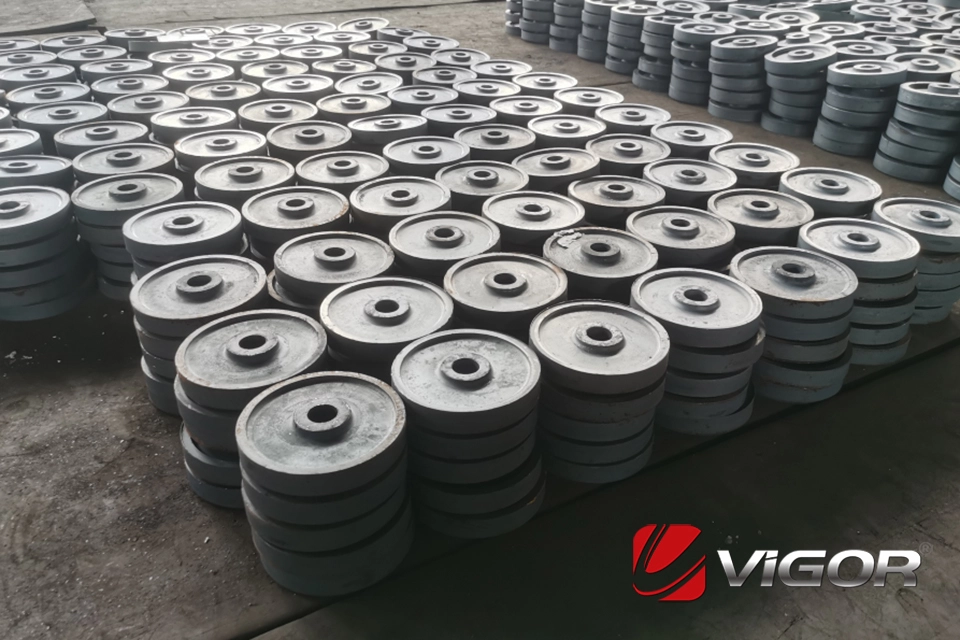
Let's take a detailed look at the material selection principles for forged gear blanks and the typical application scenarios of different materials. Forging, as one of the main forming methods for gear blanks, is crucial in material selection, which directly affects the final performance, lifespan, processing cost, and application feasibility of the gear.
2025-06-12 16:58:46
Starting Point Selection: If there are no special high requirements for specific applications, medium carbon alloy steel (such as 40Cr, 42CrMo) as quenched and tempered steel is a safe, reliable, and cost-effective starting point.
2025-06-12 16:51:27
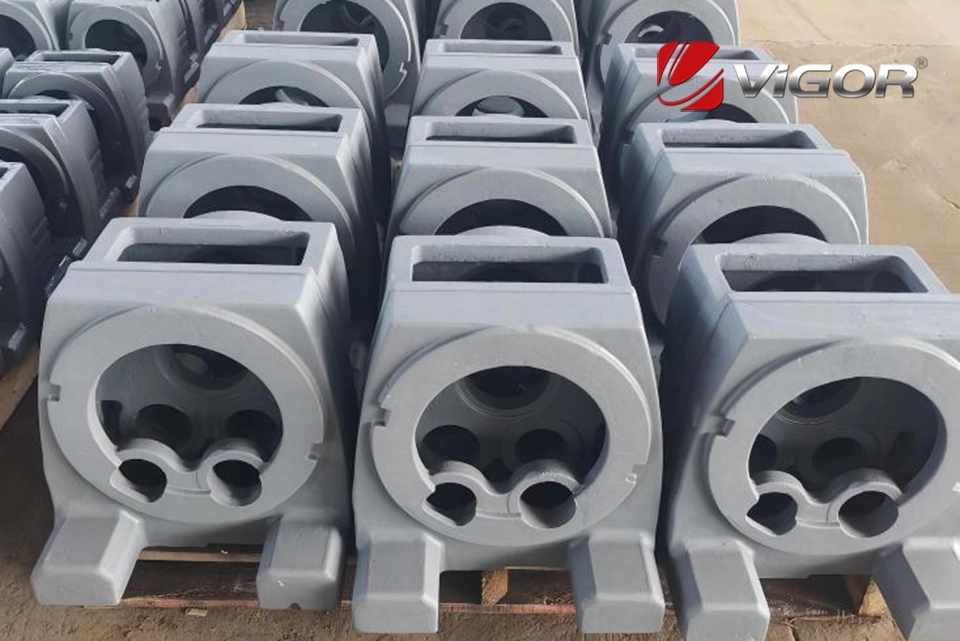
Cast iron has excellent casting properties, shock absorption, wear resistance, and machinability. It is relatively low-cost and widely used in general-purpose reducer housings. Its graphite is distributed in flake form, which weakens the continuity of the matrix, resulting in relatively lower strength and toughness. However, it can meet the requirements of most medium and low-speed reducers with small loads.
2025-06-11 16:28:39
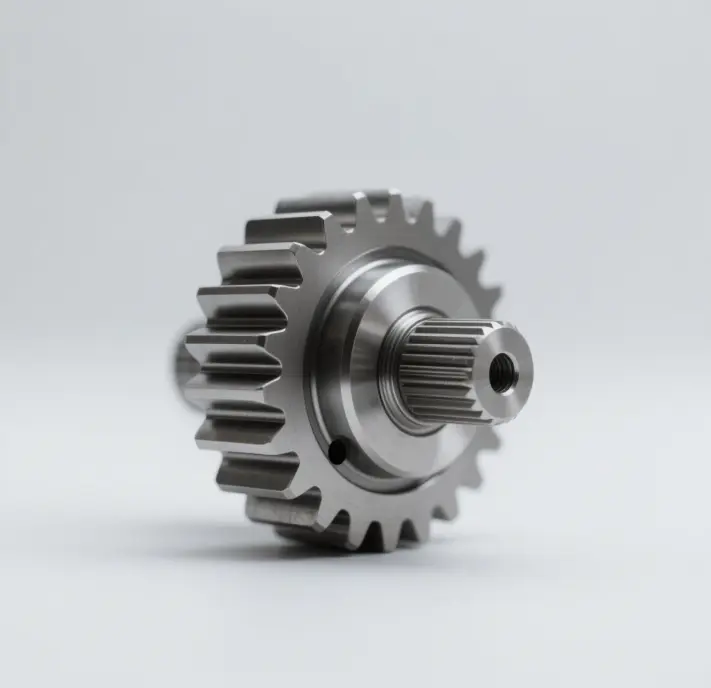
Reducer gears play a crucial role in mechanical transmission and can be classified in various ways, each with its unique characteristics and application scenarios. Here is a detailed introduction to the different types of reducer gears and their features:
2025-06-11 16:17:26
Taking 2Cr13 martensitic stainless steel as the research object, the effects of different nickel contents on the microstructure and comprehensive properties of 2Cr13 martensitic stainless steel were studied by means of metallographic microscopy, hardness testing and tensile testing at room temperature. The research results show that 2Cr13 martensitic stainless steel can obtain a fully martensitic structure after hot rolling in the single-phase austenite zone and air cooling. When w[Ni] is 0.1%, the martensite laths are relatively coarse. As w[Ni] increases to 0.3%, the hardness after heat treatment increases by 10HRC, and the yield strength, tensile strength and elongation after fracture increase from 614 MPa, 748 MPa and 30% to 670 MPa, 797 MPa and 33%, respectively. The mechanical properties of 2Cr13 martensitic stainless steel can be adjusted by increasing the tempering temperature and holding time to meet different order requirements.
2025-05-28 16:17:42
364



